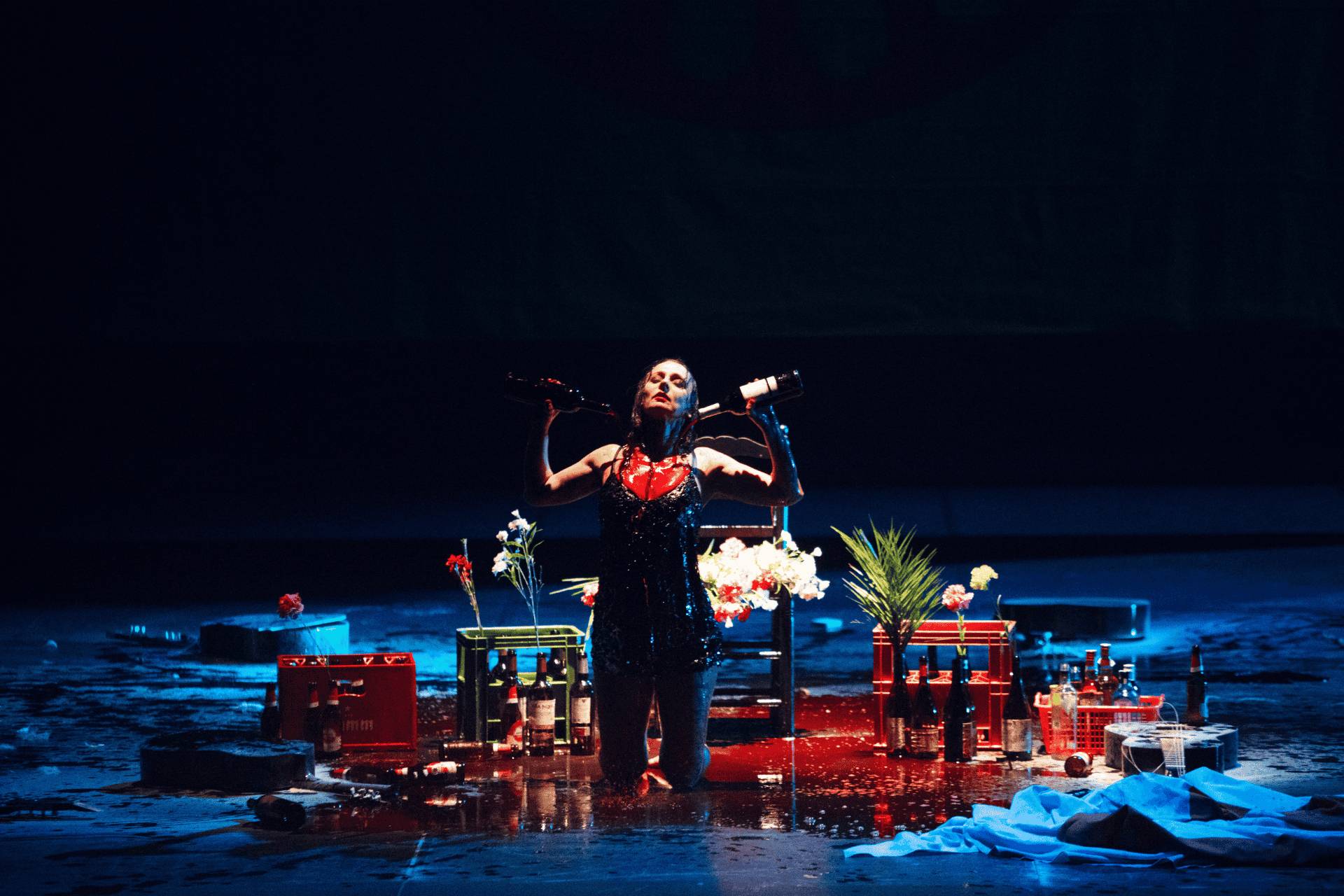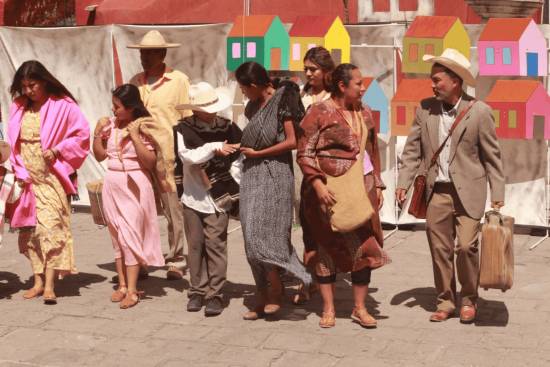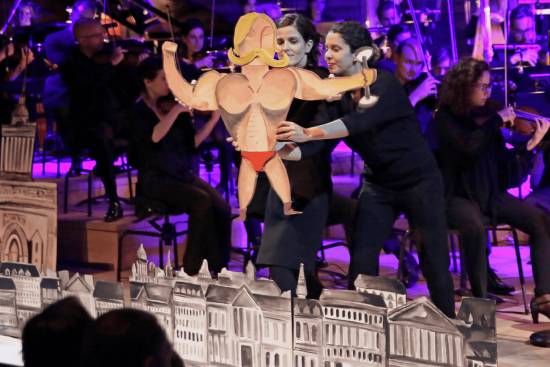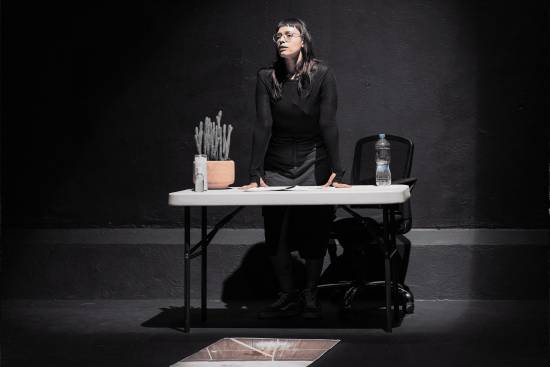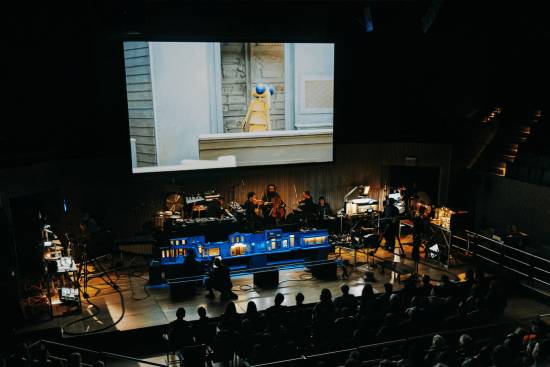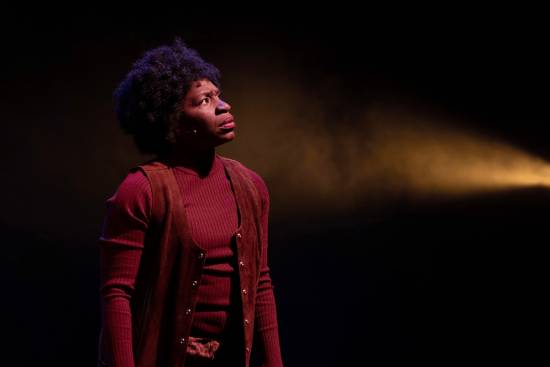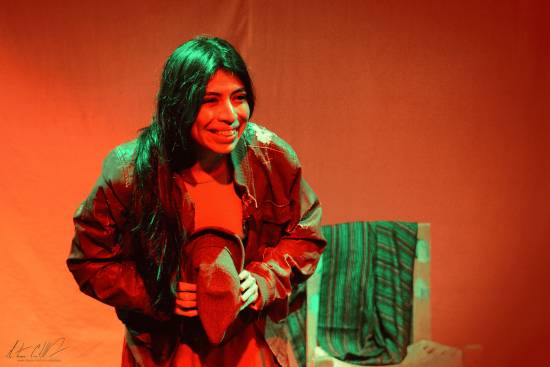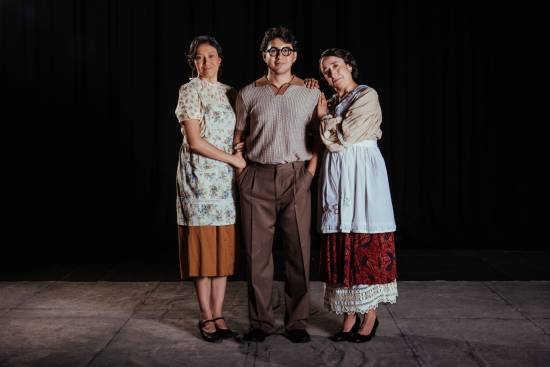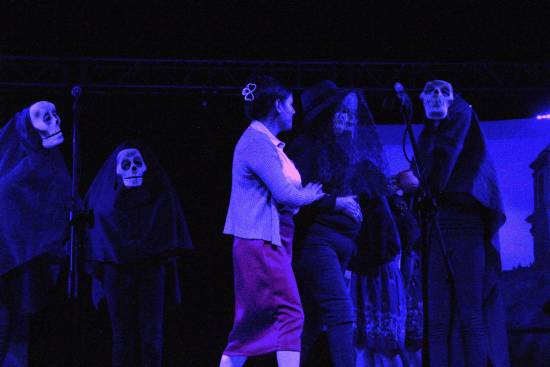Terebrante is a work that crosses into the world of flamenco. Here, the traditional conventions of the genre are challenged by eliminating singing, dancing and clapping, and focusing solely on its pure cause: suffering. The essence of the piece lies in a profound soul-pain, described as “terebrante,” like a perforation in a body already in pain. A pain so intense that, instead of killing, it drives one mad.
The piece is imbued with the essence of Manuel Agujetas, a reference point for the most authentic and visceral flamenco. The protagonist merges with his spirit, evoking martinetes and siguiriya, two flamenco forms that express pain and the tragedy of life. The siguiriya, in particular, is described as a primitive, solemn song that goes beyond performance and becomes a ritual.
The piece presents itself as a ceremony, not a spectacle, taking the audience on an emotional journey “towards beauty through the path of pain,” evoking the ideas of Schopenhauer and Belmonte. Terebrante is a unique experience that invites the audience to face their own hells, embracing the pre-artistic beauty of the “ay”, a cry that defies comprehension and resonates deep within.
In Liddell’s own words, the “ay” is an oral law, incomprehensible. Anything that can be understood or explained is worthless. It is not simply a lament, but a poetic and performative tool that seeks truth and transcendence through pain and violence. It manifests as a search for the sacred, a way to connect with the deepest part of the human being and to break with social convention.
Programme
Artists
Press quotes
Aïnhoa Jean-Calmettes y Jean-Roch Logivière, Mouvement
Martine Fehlbaum, Inferno
Boris Senff, 24 heures



